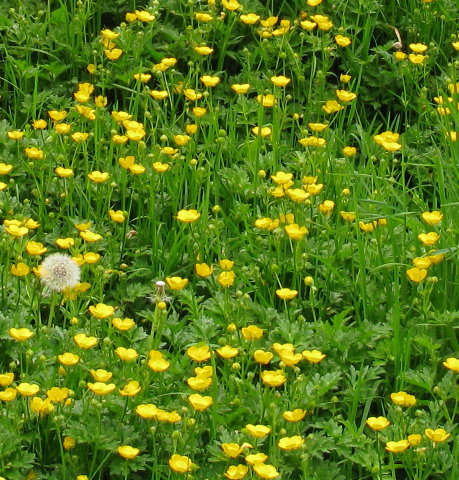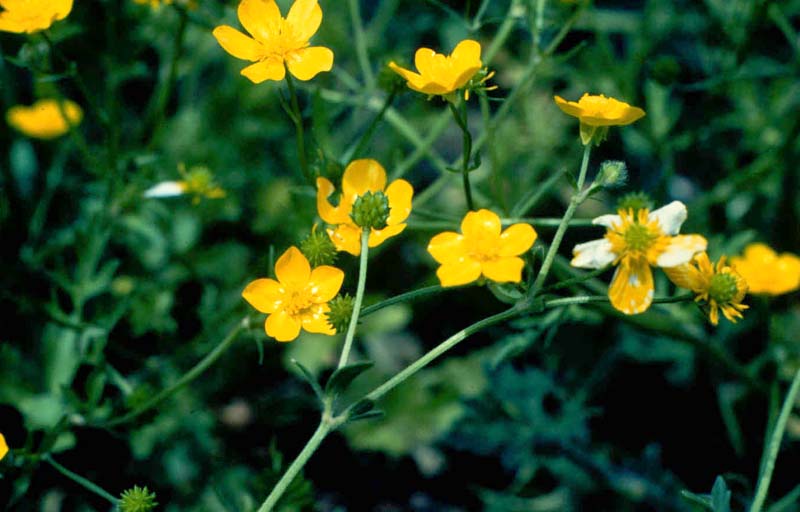


Poison Hemlock and Water Hemlock: Poison hemlock ( Conium maculatum) and water hemlock ( Cicuta species) are both very toxic to horses. Common Toxic Plants Found In or Near Horse Pastures When using these herbicides, extra precautions should be used to prevent drift (airborne herbicide spreading somewhere other than the field being sprayed) and labeled information, specifically the grazing restrictions, must be followed. However, dicamba and 2,4-D will kill or severely injure most legumes (i.e., alfalfa and clover). Dicamba, 2,4-D, or a combination of dicamba and 2,4-D may be sprayed in permanent pastures to control many annual and perennial broadleaf weeds while not affecting the grasses. For general broadleaf weed control in pastures, the best results are obtained when weeds are actively growing. Most poisonous plants are broadleaf plants or woody species. Weeds can be controlled mechanically by mowing, culturally with good grazing management, or chemically with herbicides. When pastures are overgrazed, horses will eat the grass and legume species down to the soil, which allows weeds to take over.Īny plant that is not wanted in the pasture is a weed, and many weeds can be eliminated with good pasture management.

A healthy, productive pasture will resist invasion from most poisonous weeds and provide good quality forage. Weed, insect, and disease control may also be required for pastures. Pasture management should include soil testing, liming and fertilizing, good grazing management, mowing, and dragging (see FS368, "Establishing and Managing Horse Pastures"). The best defense against poisonous plants is to promote good stands of desirable grass and legume species through a sound pasture management program. As listed below, many common shrubs and trees can be dangerous to horses. Do not allow broken branches of these species to remain in the pasture, and avoid throwing shrub and tree prunings into the pasture. Many hedgerows contain wild cherry, maple, and black locust trees or seedlings which can be poisonous. Is adequate forage present for the horses, or does the pasture contain many bare areas (more than 30% of the field) without extra hay provided? Are there more weeds present than forage species? Also check the hedgerows surrounding the pasture. Another thing to look for is the density of desirable forage species. Walking the pastures will also give you an opportunity to evaluate the productivity of the pasture. Do not forget to inspect three or four feet beyond the fence line of the pasture, since many horses will stretch beyond the fence for forage. herbicide application, hand digging, or mowing) or excluded via fencing. If poisonous plants are present, they should be removed if possible (i.e. Inspect PasturesĪ primary way to avoid poisoning from plants is to walk the pastures and inspect for poisonous plants. Fortunately, many poisonous plants are not palatable and horses will only eat them if adequate forage is not available. In the absence of good quality forage, such as during periods of drought or when pastures are overgrazed, animals may begin to investigate undesirable plants available in the pasture. If good quality forage is plentiful in the pasture, horses will avoid most poisonous plants. The degree of danger a poisonous plant represents is a function of the plant's prevalence, toxicity, and palatability. Depending on the degree of plant toxicity, poisoning can occur due to a single contact (or ingestion) or long term repeated contact with a plant. Plant poisoning can often be difficult to diagnose, as it can resemble other physiological problems. The effects of plant toxins can range from mild irritation and weight loss to colic and possibly even death. The chemicals range from the alkaloids, found in the nightshade family, to the glycosides, present in wild cherry and Sudan grass. What makes a plant poisonous? There are several different chemical compounds capable of poisoning that can be found in a variety of plants. The best way to do this is to become familiar with identification of poisonous plants and pasture best management practices. Therefore, it is up to horse owners to prevent plant poisonings. There is widespread belief that instinct protects animals, but this is not always true. Hungry horses do not heed warnings about avoiding poisonous plants.


 0 kommentar(er)
0 kommentar(er)
